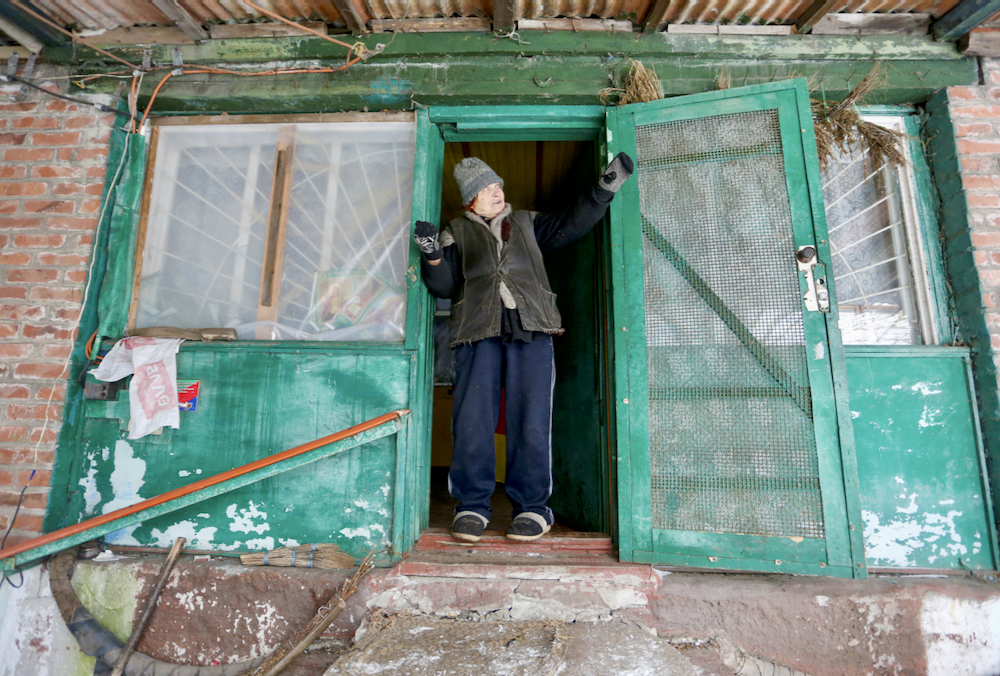Sabre-rattling over a possible invasion of Ukraine by Russia has bolstered wheat prices, but when the threat of war eased, wheat followed suit — at least for now.
It’s abundantly clear Russian President Vladimir Putin has been seeking to expand his country’s influence in an attempt to increase Russia’s status as global superpower. Countries such as Ukraine that were part of the Soviet Union are now being deliberately targeted by Putin. Any acquiescent and authoritarian regimes, such as those in Belarus and Kazakhstan, are blessed with Russia’s support. Meanwhile those former territories that have yet to submit to Putin have been on the receiving end of his ire.
Read Also

Canola market sees up and down week
Canola futures endured a topsy-turvy week ended July 17, 2025, with most ICE contracts seeing net gains of about C$15 per tonne.
The buildup of approximately 100,000 Russia troops along the Ukrainian frontier turned the spectre of an invasion into a legitimate threat. As tensions grew between Moscow and Kyiv, the price of wheat, along with other commodities, increased. During the week ended Jan. 20, the nearby Minneapolis March wheat contract jumped 49.25 cents, as Chicago gained 43.5 cents and Kansas City rose 36.75 cents (all figures US$).
As talks between Russia and the Biden administration in the U.S. progressed, along with ceasefire negotiations between Ukraine and Russian-supported separatists, those wheat prices changed course. During the week ended Jan. 27, Minneapolis lost 42.25 cents, Chicago stepped back 13.25 cents and K.C. dipped three cents.
Now that’s not to say Russia-Ukraine border tensions have been solely behind the fluid machinations of the U.S. wheat complex. The weather in North America as well has determined those ebbs and flows. Snowfall in the U.S., as well as in Canada, provided the impetus for wheat to go down. Conversely, the continuing issue of drought across the U.S. northern Plains and Canadian Prairies fuelled increases.
Besides wheat, crude oil prices have also been following the twists and turns of the border tensions. Both Brent crude and West Texas Intermediate pushed to highs unseen for several years, with Western Canadian Select following behind from a distance. As with wheat, there have also been other powerful influences on crude, such as the levels of U.S. inventories, global demand, and of course the associated effects stemming from the COVID-19 pandemic.
As the world transcends into February, it’s believed the possibility of war between Russia and Ukraine will again drive up wheat prices. Putin is said to be unwilling to steal China’s thunder on the global stage with the Beijing Winter Olympics, but once those are over the Russian president is all but certain to pressure Ukraine again.
Should those Russian troops advance westward, in all likelihood, the chances of Ukraine repelling or stalling their advance will still be slim to none, despite an influx of military and financial aid from the U.S. and its NATO partners, including Canada.
In turn, could Ukraine of 2022 become the Czechoslovakia of 1938 in which territory such as Donbas is forfeited in the name of peace as was the Sudetenland. And will Ukraine be erased from the map as Czechoslovakia was after ‘peace in our time’ was proclaimed? Will today’s Ukraine be left to its own devices such as Poland was in September 1939, despite heartfelt proclamations of support from the West?
Should the U.S. and some NATO allies intercede in Ukraine, then what? The notion of superpowers going directly at each other isn’t a great idea when both have hefty nuclear arsenals at their disposal.
As Putin looks to solidify his grasp on independent countries which were once faithful adherents of the Soviet empire, a new Cold War is taking shape. As that evolves, the markets must learn to adjust.




















